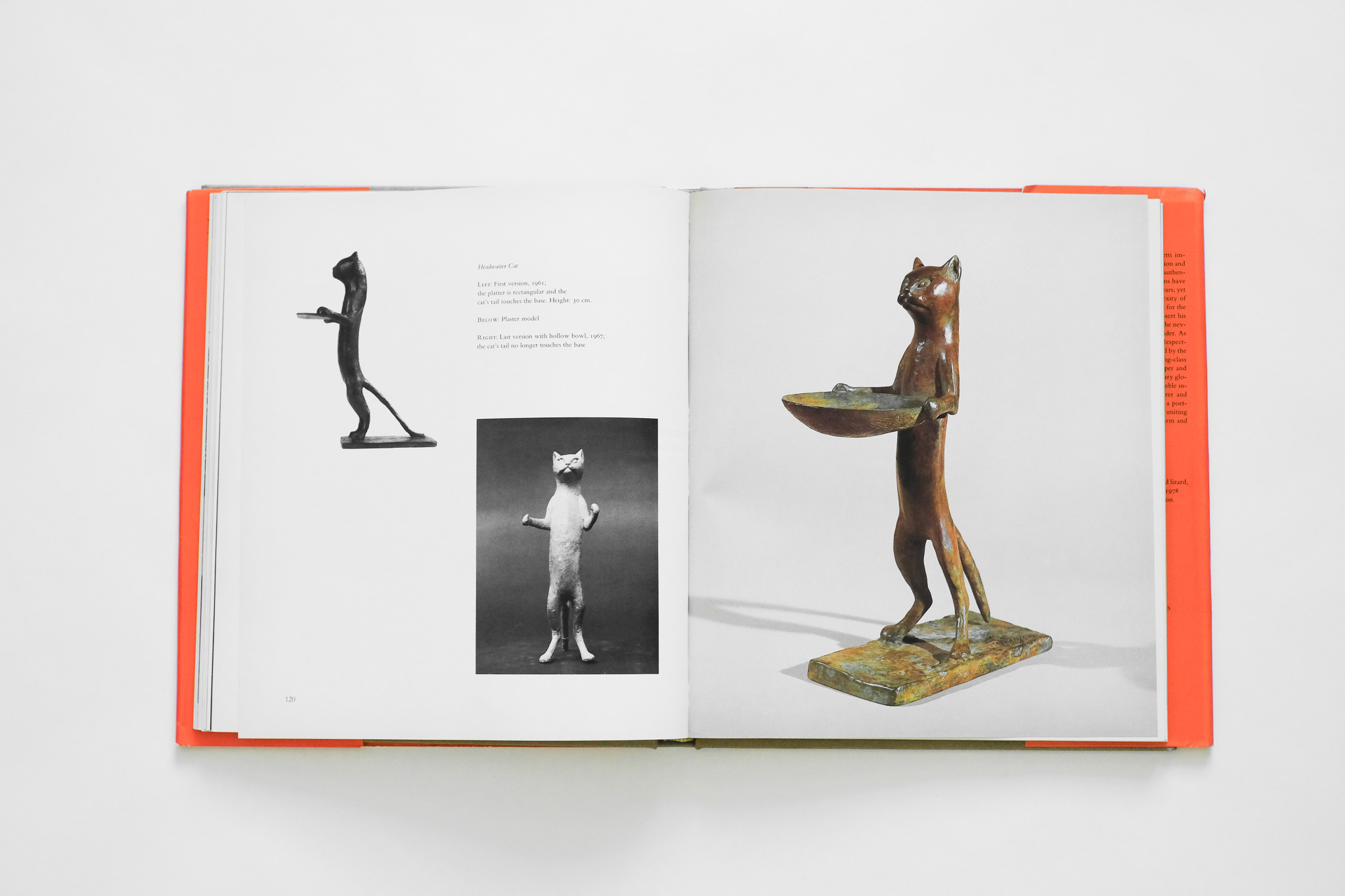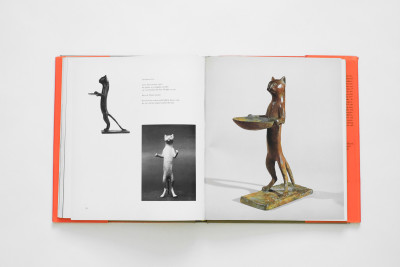From the Library: Diego Giacometti
On the natural and timeless forms of the Swiss designer’s handmade furniture.
02.24.2024

Diego Giacometti was born in Switzerland in 1902. His father Giovanni Giacometti an accomplished post-impressionist painter, seemed to have nurtured the creative talents of all his children whom all grew up to pursue artistic careers. His sister Ottilia was a weaver, his brother Bruno an architect, and his most famous sibling and older brother Alberto was a sculptor. He was closest to Alberto, and the two had a special bond their entire lives.
Studying the work of the two brothers, it’s easy to see a shared thread that runs between the sculpture of Alberto and the furniture of Diego which can maybe be traced to the time when they both worked together for the interior designer Jean Michael Frank. While working for Frank, they were both tasked with creating decorative objects like andirons, sconces, floor lamps, and desk lamps out of plaster which Frank loved as a material since it was cheap, easy to work with and white which was his favorite color. They eventually branched off to pursue their own careers but carried the influence of working with plaster into their respective bodies of work.
In fact, some of Diego’s pieces derived from actual plaster molds that he had made for Frank. It seemed that plaster was the perfect material for Diego since he was able to form his ideas into physical objects so quickly. Plaster also afforded him the option of creating molds for other objects in plaster as well as bronze which was another material that he used extensively.
While Alberto was more interested in the human figure, Diego, an animal lover, found inspiration in the natural world. His pieces are adorned with elephants, birds, frogs, foxes, cats, as well as botanical motifs which seem like the perfect types of subjects to be made by hand. Although Alberto is probably the most famous Giacometti, Diego’s work was still adored at the time and he was commissioned by Matisse, the Maeghts, Coco Chanel, as well as the Picasso Museum to name a few. His work lives on and carries a beautiful and natural timelessness that is simultaneously rustic and elegant.
Words by Dante Iniguez






























